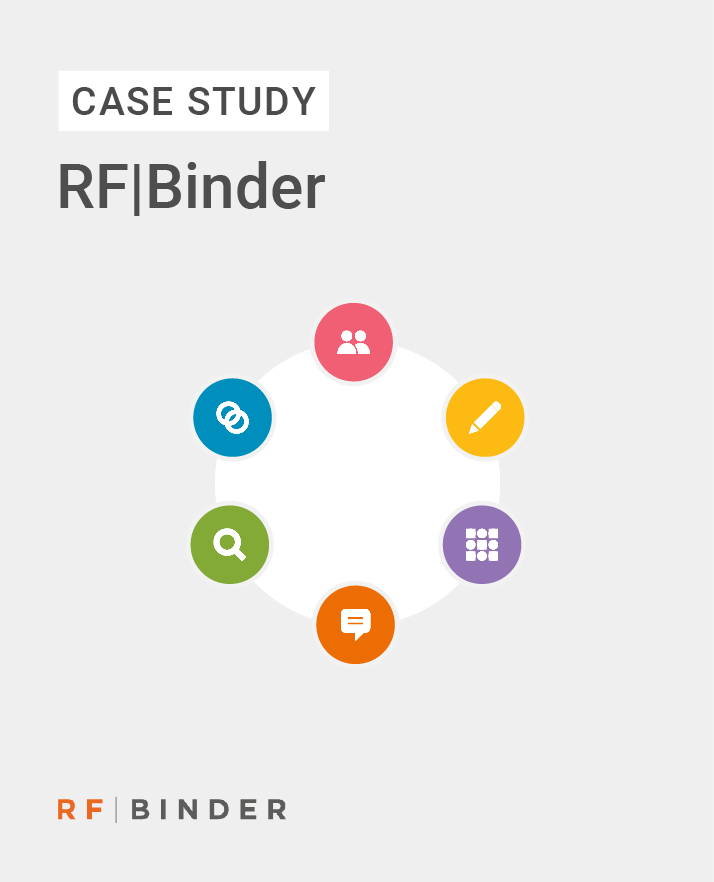Social Media Market Research: How to Use Social Media Effectively for Market Research in 2025
By BrandwatchApr 2
Join us on April 16th to deepen your expertise and grow a successful social media strategy this spring!
Published September 26th 2018
So often companies concoct value propositions that mean nothing to consumers. Here's guest blogger Jaykishan Panchal on how you can speak their language.

Existing customer?Log in to access your existing Falcon products and data via the login menu on the top right of the page.New customer?You'll find the former Falcon products under 'Social Media Management' if you go to 'Our Suite' in the navigation.
Brandwatch acquired Paladin in March 2022. It's now called Influence, which is part of Brandwatch's Social Media Management solution.Want to access your Paladin account?Use the login menu at the top right corner.